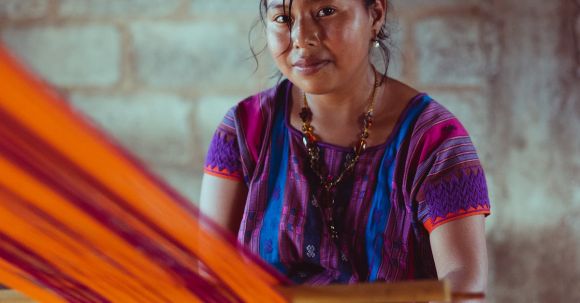Art is a powerful expression of culture, and nowhere is this more evident than in the artistic traditions of indigenous cultures around the world. From intricate beadwork to vibrant paintings, indigenous peoples have a rich and diverse artistic heritage that reflects their unique histories, beliefs, and ways of life. In this article, we will explore some of the fascinating artistic traditions of indigenous cultures and the significance behind their creations.
The Spirit of Nature: Indigenous Landscape Art
One of the most striking aspects of indigenous art is its deep connection to nature. Many indigenous cultures view the natural world as sacred and believe in the interconnectedness of all living beings. This reverence for nature is often reflected in their artwork, particularly in indigenous landscape art. From the intricate dot paintings of the Aboriginal people of Australia to the stunning tapestries of the Navajo people in North America, these artworks depict the beauty and spirituality of the natural world.
The Power of Symbolism: Indigenous Symbolic Art
Symbolism plays a significant role in indigenous art, with each symbol carrying a specific meaning or representing a particular aspect of their culture. These symbols often convey stories, spiritual beliefs, and the history of indigenous peoples. For example, the Inuit people of the Arctic use intricate carvings known as inuksuit to mark significant locations or provide guidance in the harsh landscape. In indigenous symbolic art, every line, color, and shape holds deep significance, creating a visual language that speaks to their cultural identity.
Storytelling through Art: Indigenous Narrative Art
Indigenous cultures have a rich tradition of storytelling, and this tradition is often carried forward through their art. Indigenous narrative art, such as the dreamtime paintings of the Aboriginal people or the pictographs of the Native Americans, tells stories of creation, ancestral spirits, and the history of their people. These artworks serve as a visual record of their cultural heritage, passing down knowledge and traditions from one generation to the next. Through their art, indigenous peoples preserve their stories and ensure their cultural legacy endures.
Preserving Heritage: Indigenous Art in the Modern World
In the face of modernization and globalization, the preservation of indigenous art and cultural traditions is of utmost importance. Many indigenous communities are finding innovative ways to adapt their artistic practices while still maintaining their cultural integrity. For instance, indigenous artisans are incorporating traditional techniques and motifs into contemporary art forms, such as jewelry, fashion, and sculpture. By blending the old with the new, they are not only preserving their heritage but also creating new opportunities for cultural exchange and economic empowerment.
In conclusion, the artistic traditions of indigenous cultures are a testament to the richness and diversity of human creativity. From their deep connection to nature to the power of symbolism and storytelling, indigenous art reflects the values, beliefs, and history of these unique cultures. By understanding and appreciating the artistic traditions of indigenous peoples, we can gain insights into their worldviews and foster a deeper respect for their cultural heritage. Let us celebrate and support the artistic expressions of indigenous cultures, ensuring that these traditions continue to thrive for generations to come.
